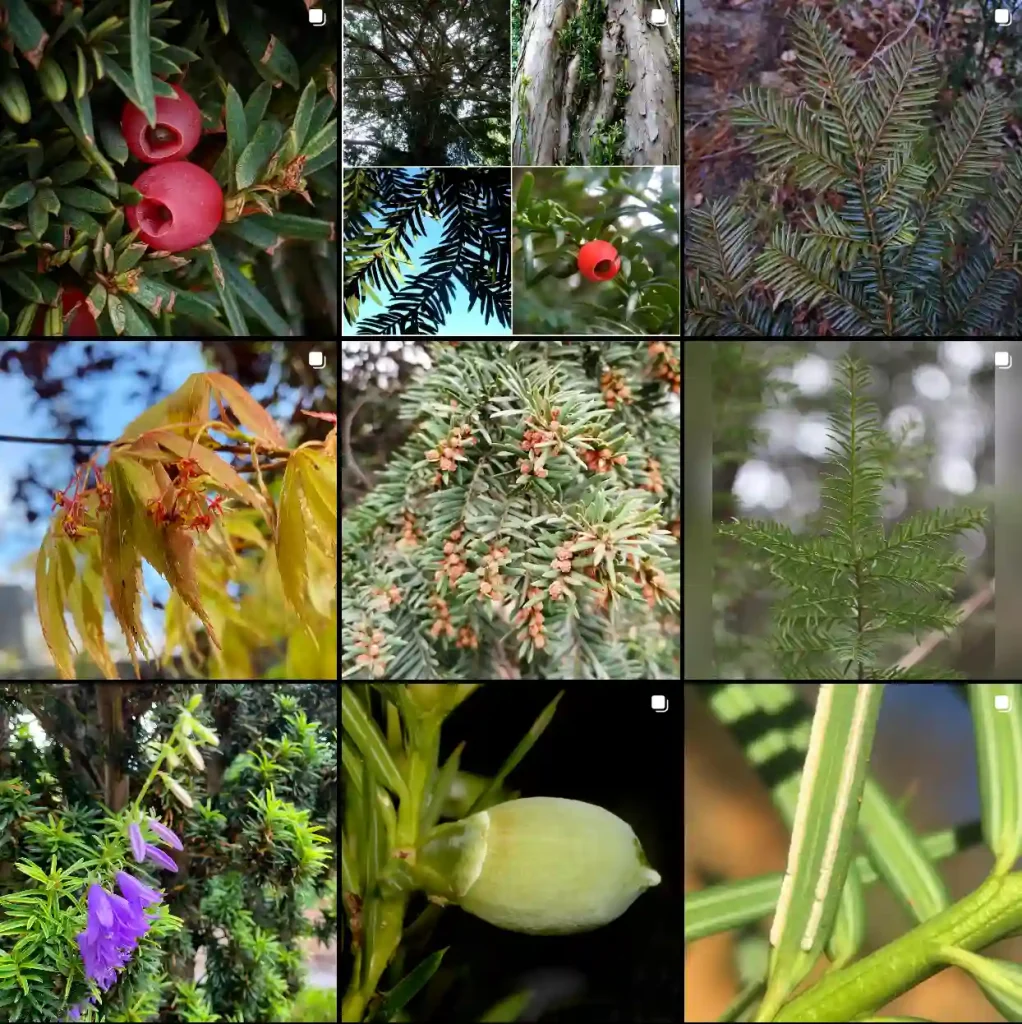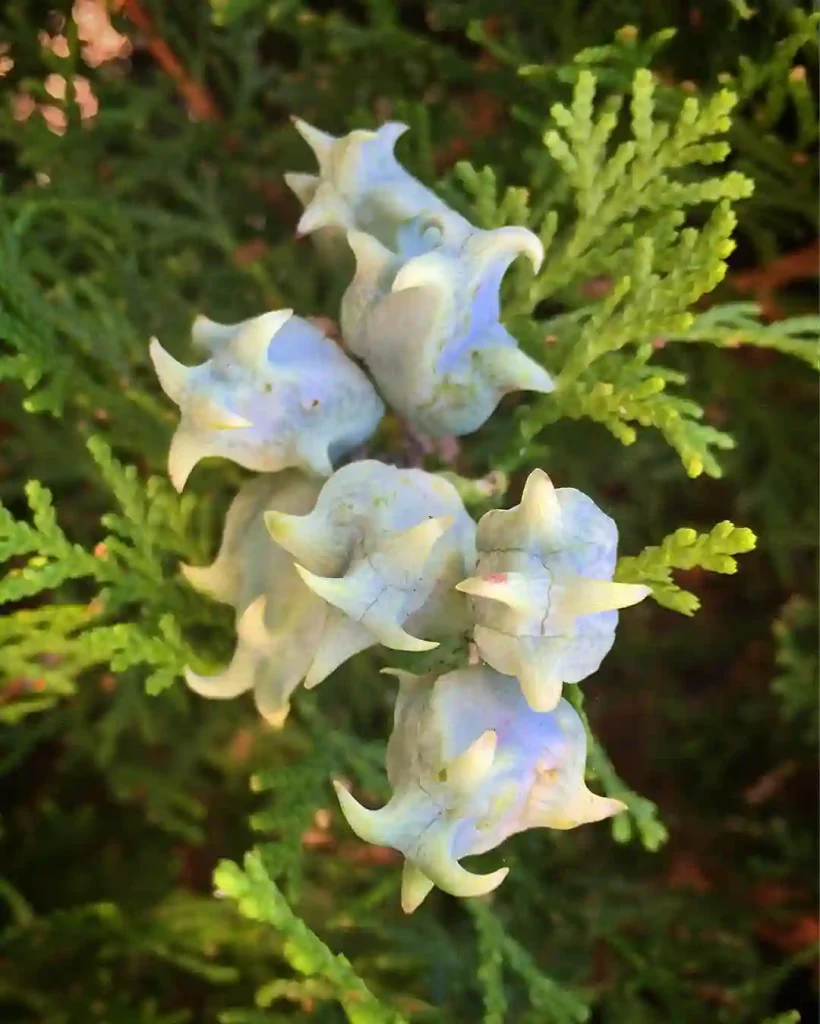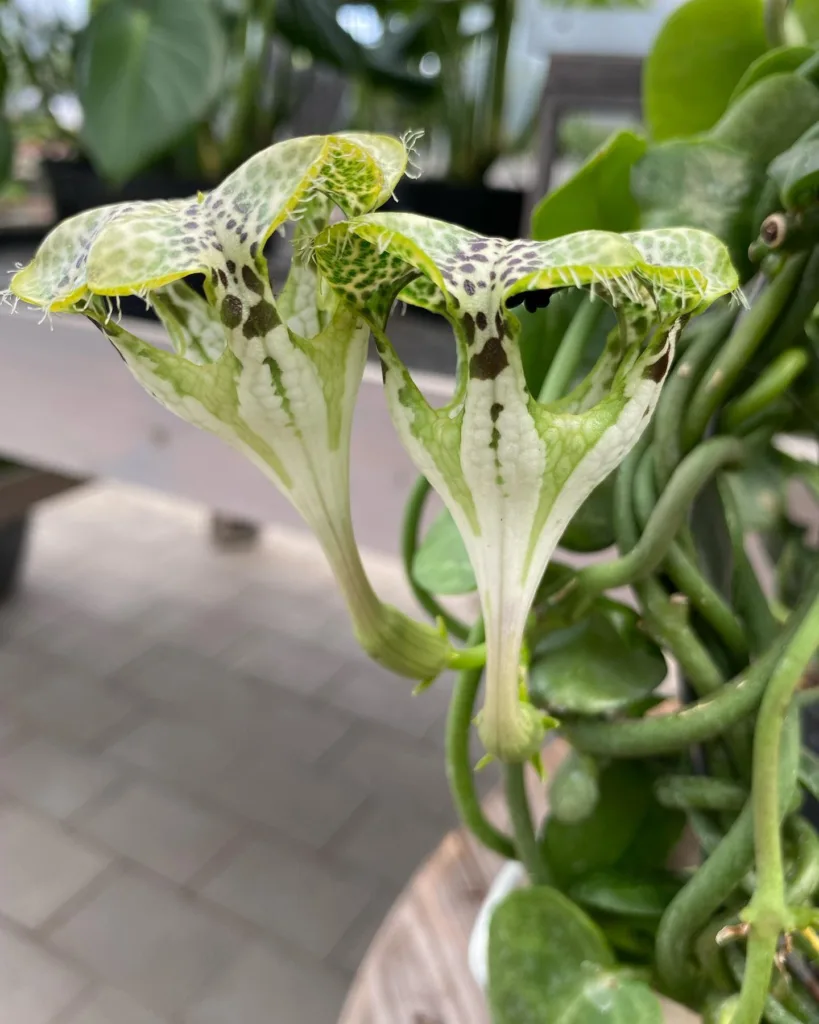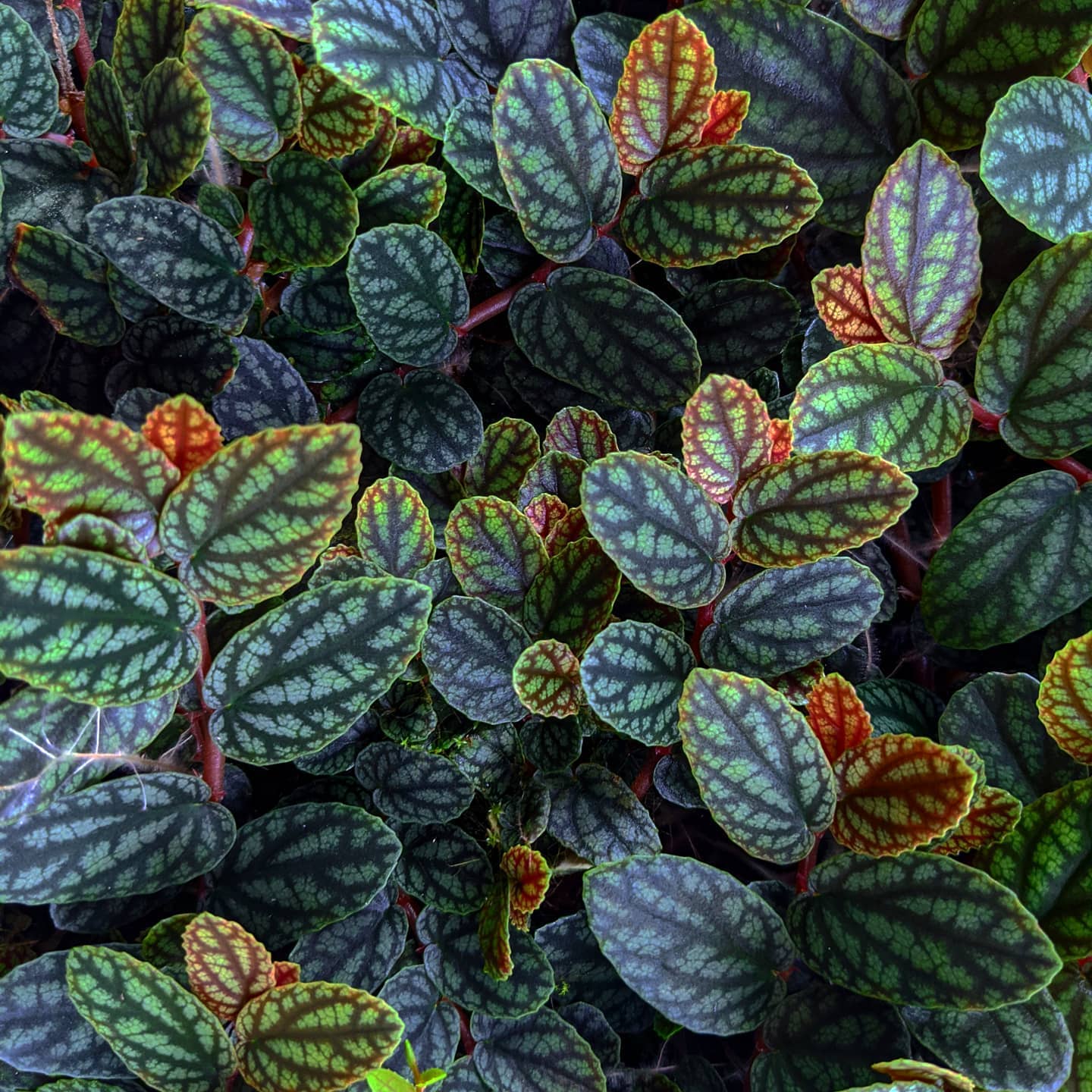Exploring the Phellinaceae Family: My Thoughts on the Genus Phelline
When it comes to botany, the world is full of unique plant families, and the Phellinaceae family is one that has caught my attention. This family is fascinating in its structure, distribution, and evolutionary history. Even though it might not be as widely known as the Asteraceae or Rosaceae families, it has its own special niche in the plant kingdom. In this article, I will explore the Phellinaceae family, focusing on the genus Phelline, which stands out as the sole genus within the family.
Overview of Phellinaceae
The Phellinaceae family is a small, specialized group of flowering plants. What makes this family intriguing is its limited geographic distribution. You’ll only find plants from this family in the New Caledonia region, which is known for its endemic plant diversity. New Caledonia is like a natural laboratory, where plants have evolved in isolation, resulting in unique characteristics that are rarely seen elsewhere.
One of the reasons I find the Phellinaceae so captivating is its limited spread and specificity. Many plant families are spread across various continents, adapting to different environments. But with Phellinaceae, it has remained tightly bound to its original location, surviving through unique adaptations. This isolation has undoubtedly influenced the evolutionary course of the genus Phelline, the central focus of this family.
The Genus Phelline
The genus Phelline comprises approximately 10-15 species, depending on classification, and all of them are native to New Caledonia. The genus is known for its small trees and shrubs, which often thrive in forested areas. These plants can grow in challenging environments, sometimes thriving in poor, rocky soils where other plant species might struggle. I find this adaptability remarkable.
What strikes me about the Phelline species is how specialized they are. They’ve developed some unique features, such as the ability to grow in soils that are low in nutrients. This resilience is a reflection of the challenging environment of New Caledonia, where soil composition isn’t always rich. One species of Phelline that stands out is Phelline lucida, a shrub that can tolerate a variety of environmental conditions, making it one of the hardier members of this genus.
Botanical Characteristics of Phelline
Phelline plants typically have leathery, glossy leaves, which are an adaptation to the dry, nutrient-poor soils where they often grow. The leaves are a key feature that helps these plants conserve water, and their toughness provides protection against harsh weather conditions. The flowers of Phelline species are generally small and inconspicuous, which contrasts with the larger, showier flowers seen in other plant families.
From a botanical perspective, these plants are quite interesting. They produce small, clustered flowers, and while the blooms might not be as eye-catching as those of more well-known genera, they have their own quiet beauty. The small flowers are often green or white, blending seamlessly with their environment. Their fruits, on the other hand, are small and fleshy, a characteristic that helps with seed dispersal through birds and animals.
Ecological Importance of Phelline
While Phelline species may not play a dominant role in global ecosystems, their presence in New Caledonia is crucial. These plants contribute to the biodiversity of the region, and their ability to survive in nutrient-poor soils helps prevent erosion and maintain soil integrity in forests. Their presence supports a range of animal species, especially birds, which feed on the fruits and help with seed dispersal.
The limited distribution of the Phelline genus means that its ecological interactions are highly specific. It’s part of a delicate balance in the ecosystems of New Caledonia, interacting with other endemic plants and animals that are found nowhere else on Earth. This interconnectedness is what makes studying Phelline so rewarding. By understanding this genus, we gain insight into the complex ecological web that sustains New Caledonia’s rich biodiversity.
Conservation Concerns
One of the key aspects that concern me about the Phellinaceae family is its conservation status. With its narrow geographic range and the ongoing threats of habitat destruction, particularly from mining and deforestation in New Caledonia, the genus Phelline is vulnerable. New Caledonia is known for its nickel mining industry, and unfortunately, this activity can lead to habitat loss, threatening the survival of many endemic species, including those in the Phellinaceae family.
Conserving the Phelline species is essential not only for maintaining biodiversity but also for preserving the ecological balance in New Caledonia. Efforts are being made to protect these plants, but more research and conservation work is needed to ensure that future generations can appreciate the unique beauty and ecological importance of Phelline species.
Final Thoughts
I’ve always found plant families like Phellinaceae, with their unique characteristics and limited distribution, to be some of the most fascinating to study. The genus Phelline offers a glimpse into how plants can adapt to specific environments over millions of years, evolving in isolation to create a distinct identity. From its leathery leaves to its resilience in poor soils, Phelline stands as a testament to nature’s adaptability and strength.
Understanding and conserving plants like Phelline is crucial. While they may not be as well-known as some other genera, their ecological and scientific value is immense. I hope that by shedding light on the Phellinaceae family, more people will take an interest in learning about and protecting these remarkable plants from New Caledonia.
Let’s appreciate the quiet strength of Phelline, a genus that thrives where many others would fail.
If i die, water my plants!



